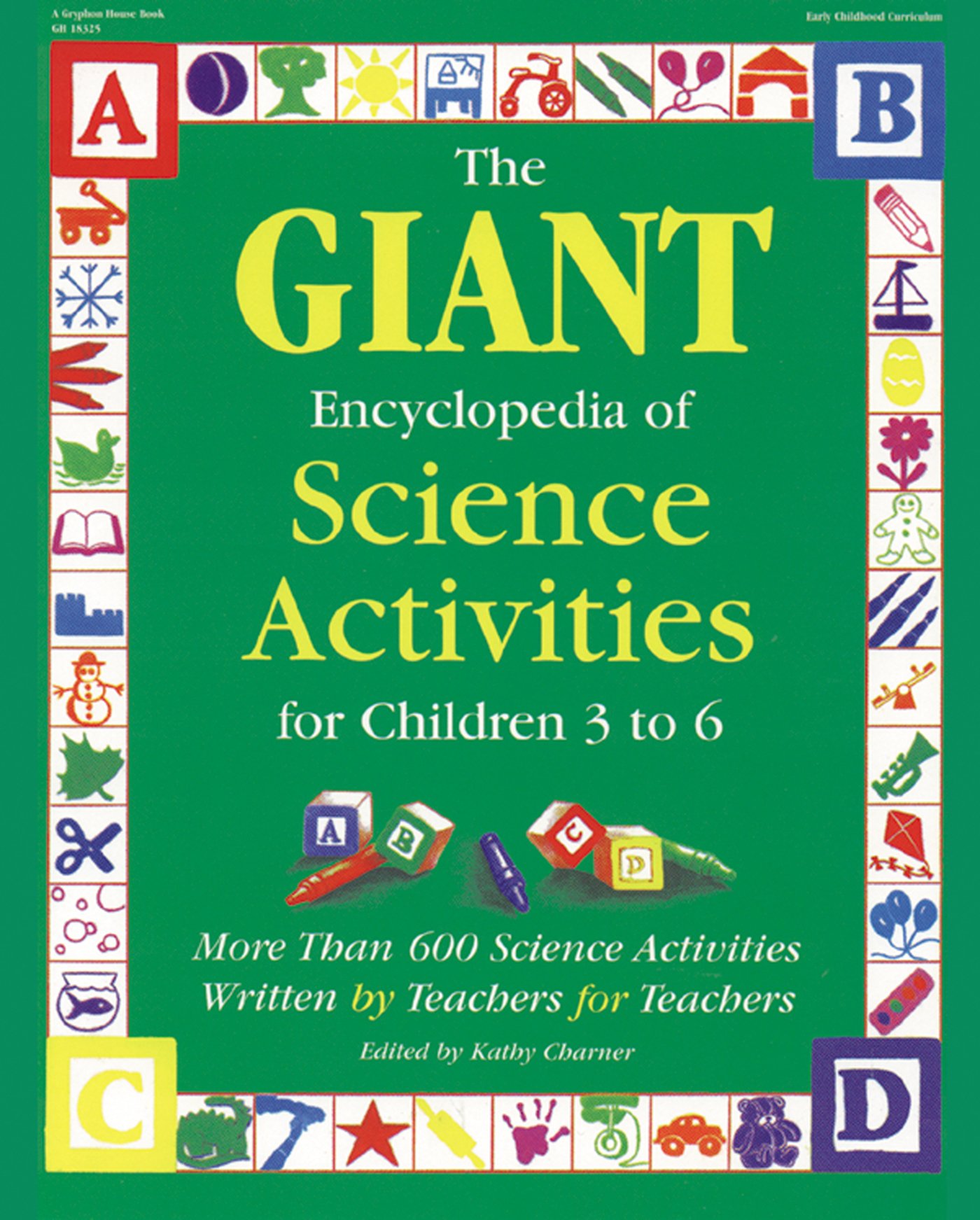Materials
Plastic wading pool Water
Water buckets Tadpoles
Goldfish Water plants
Aquarium filter Drawing paper
Crayons Camera, optional
Note: You might want to send a note home with your children asking parents to donate these items.
Instructions
1. Explain to the children that you are going to create an indoor habitat so you can watch living things grow right in the classroom. A habitat is a place where a plant or animal lives in nature. The habitat that you are going to create is a pond.
2. Ask the children to discuss what they already know about a pond and make a list of their thoughts on the chalkboard. Then ask them what they would like to learn about a pond and make a second list on the chalkboard.
3. Place the wading pool in a well-lit area of the room. Ask the children to help fill the pool about half full of water. Make sure to take the chlorine out of the water by letting the water "stand" overnight.
4. Next, allow the children to place the water plants throughout the pool. Also, place the aquarium filter in the center of the pond, making sure that you discuss water and electrical safety issues at this time.
5. The following day, let the children place several goldfish in the pond, as well as some tadpoles. You can purchase both of these at your local pet store if they have not already been donated. Discuss feeding rules and pond maintenance at this time. You might want to assign daily jobs.
6. Now ask the children to draw what they see in the pond. You might also want to take pictures of the pond, as this will help the children remember what the pond looked like when you first started this experiment. Point out the size of the fish, as well as the development of the tadpoles. This would be a good time to read several books on the life cycle of the frog.
7. Each week, ask the children to do another drawing and compare it to the ones they did earlier. If you started taking pictures, continue taking them throughout the duration of this experiment. Encourage the group to discuss the differences in the indoor pond over time, by asking such questions as, "Have the fish gotten larger? Did the plants grow? Is there algae in the pond? What is happening to the tadpoles?"8. The children can keep track of the growth in the pond either with a large bulletin board where they can display their weekly drawings, or by placing the drawings in their individual portfolios.
9. After several weeks the children should understand what happens in a pond habitat, and you can dismantle the project. Many of the children may want to take home the inhabitants of the pond, for which you may want to consider a lottery system.More to doArt: Make watercolor paintings of the pond habitat.Language: Let the children help write a song called "Old MacDonald Had a Pond" and also write about their favorite thing that lives in the pond.Math: Help the children graph the growth of the inhabitants of the pond.
